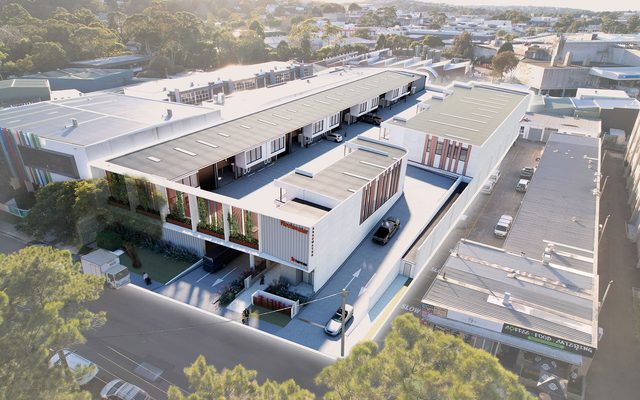This article is from the Australian Property Journal archive
ING Real Estate Healthcare Fund has remained immune to the global credit crunch that has spread across the broader A-REIT market.
The niche property trust and Australia’s only pure healthcare real estate investor, has booked a distributable income of $5.1 million for year ended June 30, an increase of 50% over the previous corresponding period’s of $3.4 million. As a result distributable income per unit was 10.2 cents up 6.3% from 9.6 cents in the prior period.
The trust’s AIFRS net profit after tax was $16 million up 162% from $6.1 million.
IHF’s chief executive Miles Wentworth said this is a particularly strong result and highlights the strength of management’s considered acquisition approach, active asset and development management and a focus on increasing investor returns.
“We are particularly pleased with the successful completion of the Australian Red Cross Blood Service project which was finished on time and on budget, and its subsequent on-completion revaluation of $69.5 million, an increase of 9.4% to the (pre-acquisition costs) project cost, which highlights the excellent quality of this asset,” he added.
Wentworth announced distributions for the year will be 8.70 cents per unit, up 3.6% on the 8.4 cents per unit for the prior year.
During the period, the trust increased its debt to total assets by 5.5% from $59.2 million to $64.7 million but at the same time total assets rose 38% from $152.8 million to $210.2 million. As a result, NAV per unit increased 17% from $1.00 to $1.17.
“Post balance date the fund extended its National Australia bank $20.75 million cash advance facility that was due to expire in April 2009. The facility has been extended through to February 2010 to align with our other NAB facilities.
Wentworth said the fund now has no facilities expiring until 2010.
“What this clearly demonstrates is that IHF has, and continues to receive, strong support from its debt funding partners,” he continued.
“The volatility of the earnings and distributions of Australian listed property entities has prompted an investor shift to entities that are transparent and simple in structure. A “traditional property trust” with the majority of the fund’s income derived from rent, is exactly what IHF is.
“Despite the market volatility and the increasing cost of debt, IHF’s unique characteristics are such that management is confident in forecasting a distribution of 8.7 cents per unit for the 2009 financial year, unchanged from 2008,” Wentworth concluded.
IHF’s shares traded 7 cents higher at 79 cents yesterday.
Australian Property Journal



